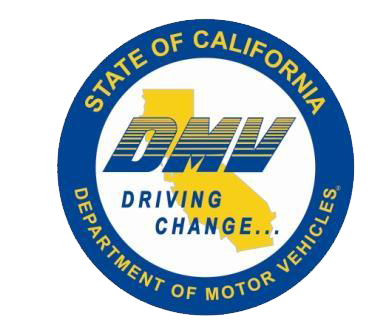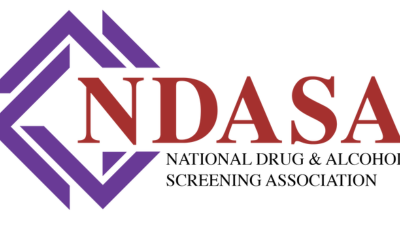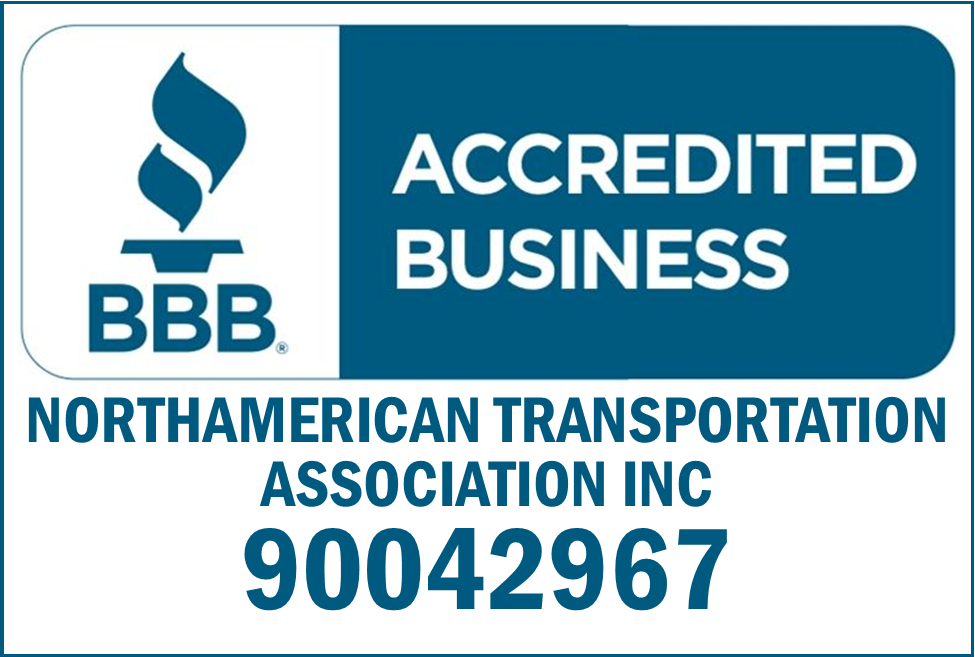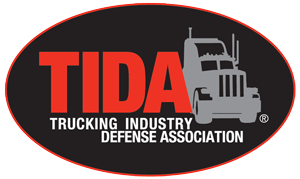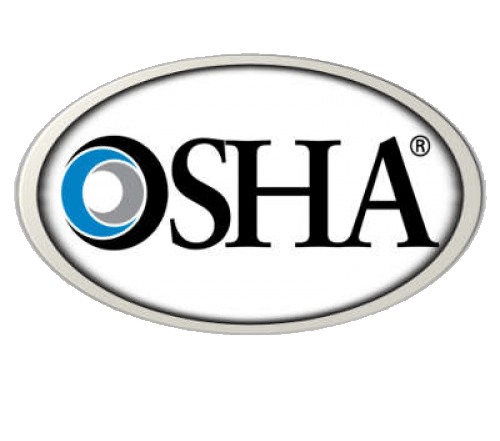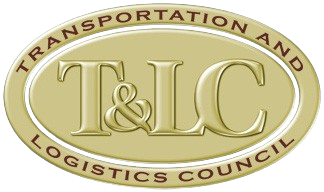What You Need to Know to Survive an FMCSA Audit
The Federal Motor Carrier Safety Administration (FMCSA) conducts thousands of audits each year to enforce the motor carrier safety and hazardous materials regulations. The targets of these audits are interstate motor carriers as well as in-state-only carriers that transport hazardous materials.

Surviving an FMCSA audit depends on knowing the types of audits being conducted, understanding what to expect during an audit (and preparing for it!), and having all required documentation in place.
FMCSA audits, sometimes called “DOT audits” or “investigations,” come in three main varieties:
- OFFSITE FOCUSED INVESTIGATIONS target a specific area of compliance, such as hours of service. The motor carrier sends its compliance records to the FMCSA regional office for review. This type of investigation does not result in a safety rating.
- ONSITE FOCUSED INVESTIGATIONS also target a specific area of compliance, but enforcement personnel will perform the audit at the motor carrier’s principal place of business (as identified on the USDOT registration). This type of investigation also does not result in a safety rating.
- ONSITE COMPREHENSIVE INVESTIGATIONS address all aspects of a motor carrier’s operation and take place at the motor carrier’s principal place of business. This type of investigation results in a safety rating.
Safety Ratings
The FMCSA will only assign a safety rating to a motor carrier after performing an onsite comprehensive investigation. The onsite comprehensive investigation contains the compliance review model.
Appendix B to Part 385 details the method used in the compliance review to arrive at one of the following three possible safety ratings:
- SATISFACTORY. The motor carrier’s safety management controls are considered functioning and adequate.
- CONDITIONAL. The motor carrier does not have adequate safety management controls in place to ensure compliance, and the motor carrier has to make some changes to show it is working on the problem areas.
- UNSATISFACTORY. The motor carrier does not have adequate safety management controls in place to ensure compliance, and its violations are to such a degree that the motor carrier is prohibited from operating commercial motor vehicles.
Note that the FMCSA has proposed to change the way it issues safety ratings. Rather than relying solely on comprehensive reviews, the agency would like to use roadside inspection data, data collected during investigations (of any type), or a combination of the two to arrive at a rating. Under this proposed system, carriers would be rated as either “fit” or “unfit” to continue operating.
New Entrant Safety Audits
In addition to the investigations noted earlier, the FMCSA reviews the compliance of new entrants through a safety audit. A “new entrant” is a motor carrier that applies for United States Department of Transportation registration (i.e., a USDOT number) in order to operate in interstate commerce. New entrants are given a “new entrant registration” status and their safety management practices are monitored for an 18-month period.
The FMCSA will perform a new entrant safety audit within 12 months for a property carrier and 3 months for a passenger carrier. The compliance documents and processes examined for new entrants are the same as for those companies that have been in business for years. The safety audit is used to monitor and assist the new carrier in establishing a sound safety program from the onset. It is for educational purposes and will not result in a safety rating. However, if inadequate basic safety management controls are found during a safety audit, the new entrant will be unable to continue operating in interstate commerce.
Audit Preparation
The results of any investigation will affect a company either positively or negatively depending on the outcome. If you pass an audit with flying colors, you are demonstrating — to business partners, employees, and any other interested parties — that you have been proactive in your safety management.
If you perform poorly in an audit, you may experience monetary fines and be given either an unsatisfactory or conditional rating. An unsatisfactory safety rating can put your company out of business.
A conditional rating allows the carrier to continue in operation, but its reputation now has been tarnished. This may affect the ability to attract customers and quality drivers, dispatchers, and technicians. Since the safety rating is public knowledge, your insurance carrier will no doubt use this when determining your rates. And, finally, if your carrier is ever involved in a crash, a plaintiff’s attorney will surely use your safety history to discredit your carrier’s name in front of a judge and jury.
But there is hope! By proactively using the right information, tools and safety resources, you can identify areas to improve upon in your safety program. Correcting problems well before an audit — rather than after — will help your overall safety rating in the event you are selected for an investigation.
The best advice is to join a national transportation association of your peers such as the NorthAmerican Transportation Association whose members covers many types of small to medium private companies, motor carriers and Independent Contractors. They are the most knowledgeable in the industry.
The best defense against a negative FMCSA audit is preparation!
Content Disclaimer: Due to the constantly changing nature of government regulations, it is impossible to guarantee the total and absolute accuracy of the material contained herein or presented. NorthAmerican Transportation Association (NTA) cannot and does not assume any responsibility for omissions, errors, misprinting or ambiguity contained. NTA shall not be held liable in any degree for any loss, damage or injury caused by any such omission, error, misprinting or ambiguity present. It is made available with the understanding that NTA is not engaged in rendering legal, accounting or other professional service. If legal advice or other expert service is required, the services of such a professional should be sought.



